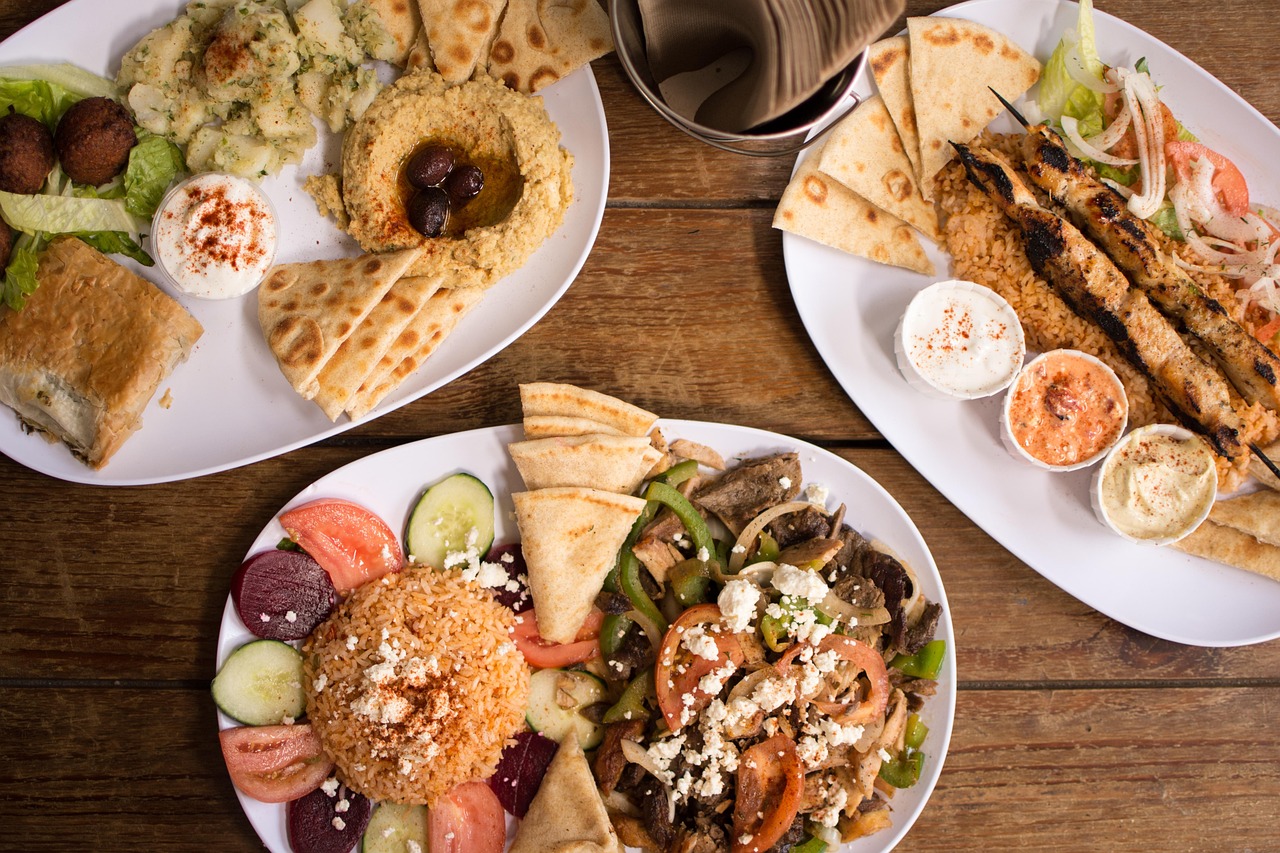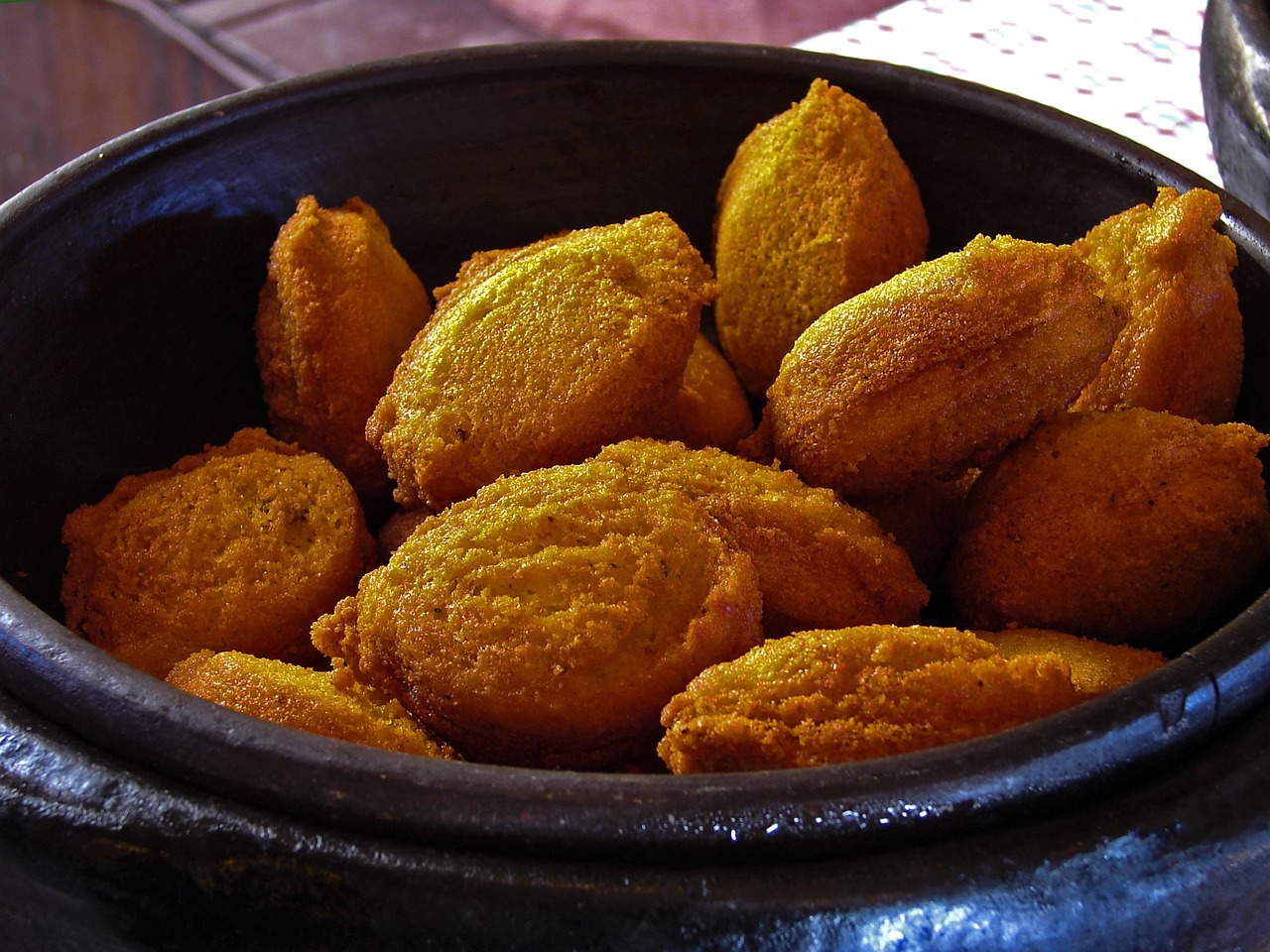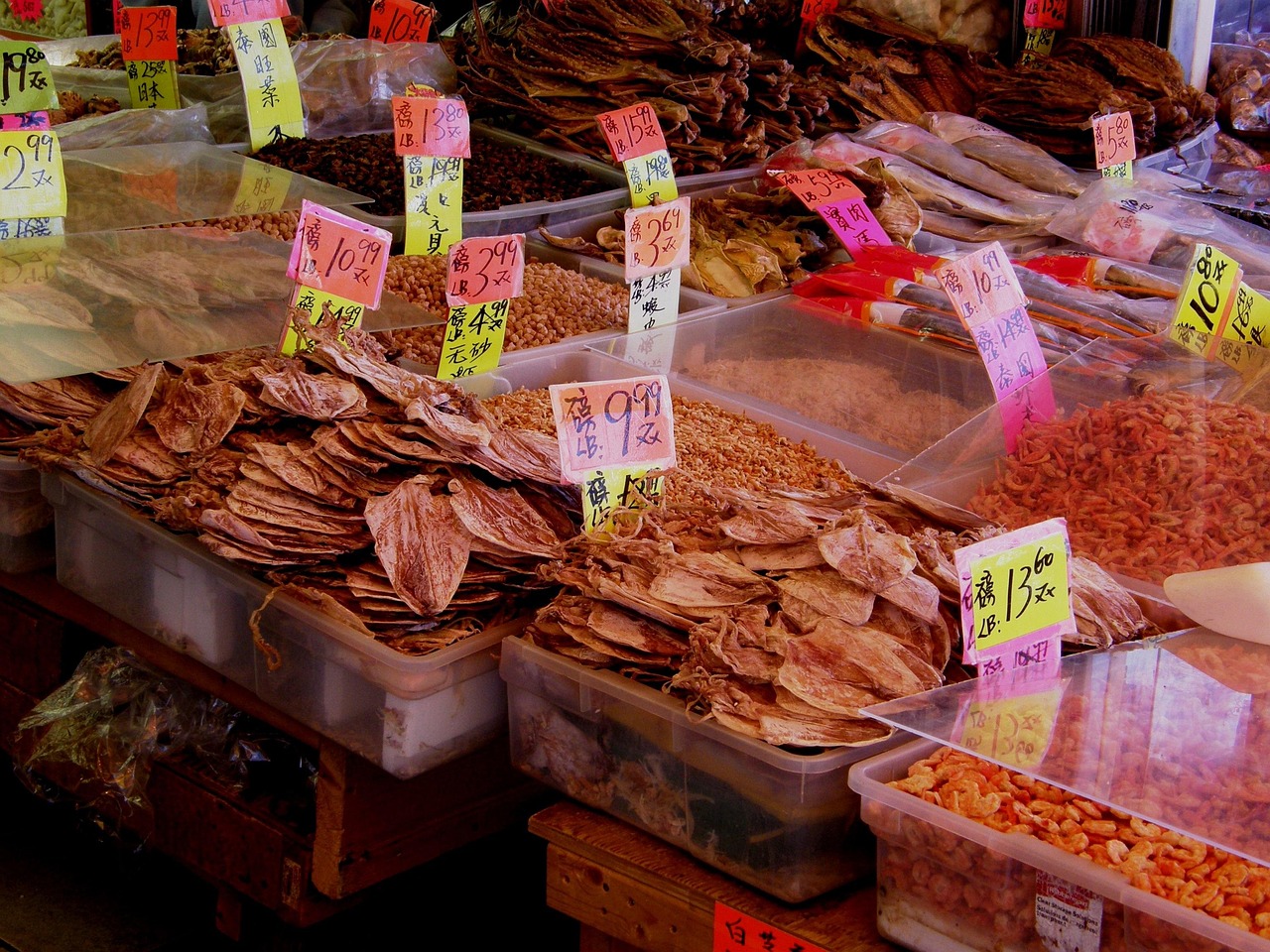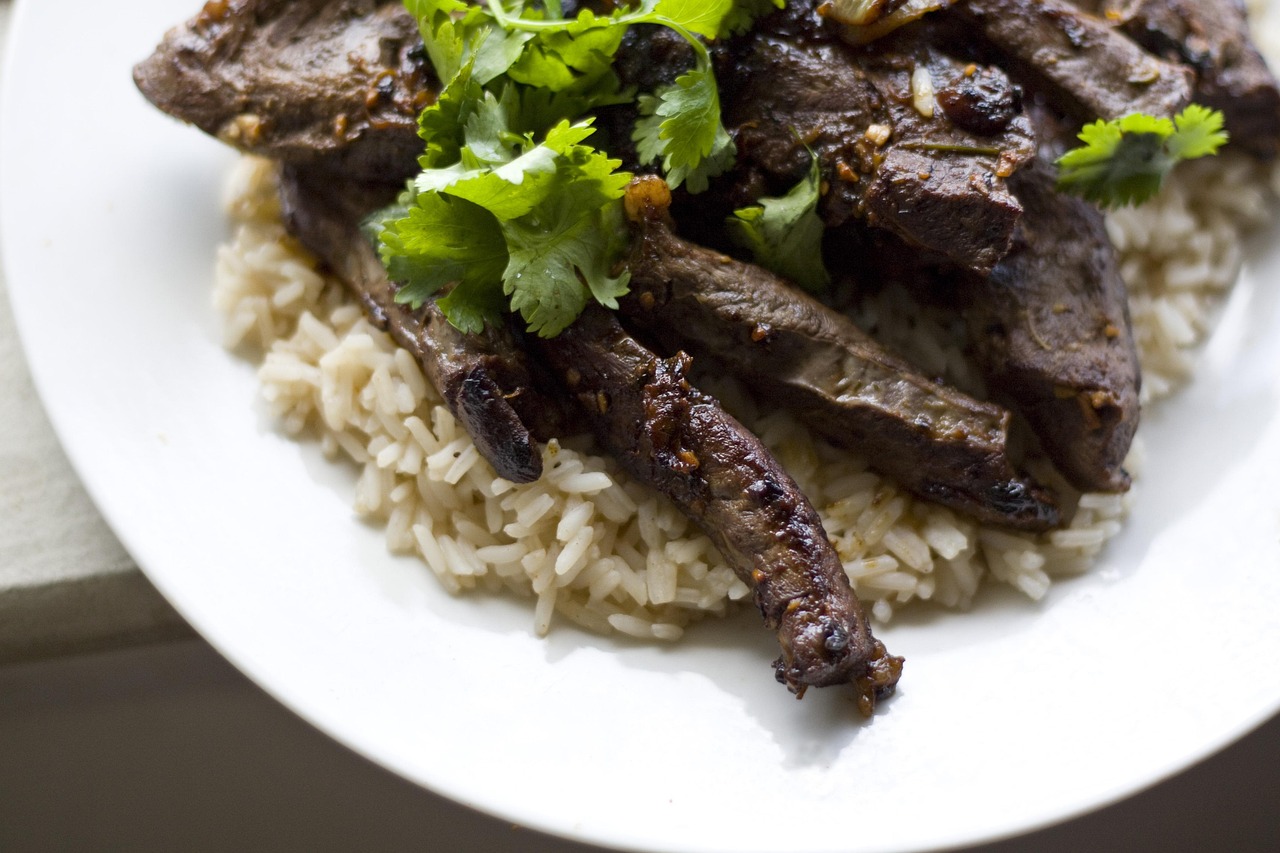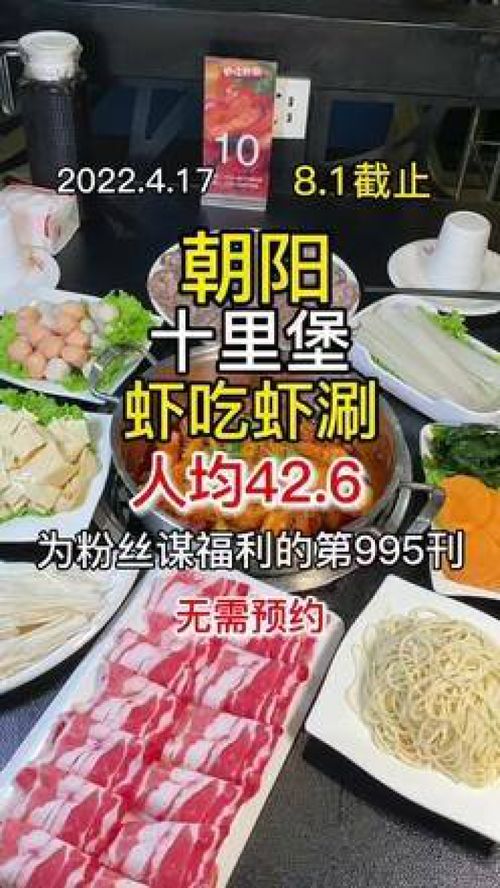Exploring the Rich Tapestry of Chinese Culinary Heritage:An English Introduction with Translations
Introduction: Chinese cuisine, with its diverse flavors and rich history, is a culinary journey through thousands of years of culture and tradition. This article aims to provide an English introduction to the fascinating world of Chinese gastronomy, complete with translations of key terms and dishes, allowing readers to delve into the heart of China's food culture.
The Art of Chinese Cooking: Chinese cuisine is not just about food; it's an art form that has been perfected over centuries. The cooking techniques are as diverse as the regions they originate from, with each province having its own unique style and flavors. The art of Chinese cooking can be broken down into several key elements:
-
Wok Cooking (炒): The wok is the quintessential Chinese cooking utensil, used for stir-frying, deep-frying, and steaming. The high, rounded sides and flat bottom allow for quick, even cooking, which is essential for preserving the freshness and texture of ingredients.
-
Knife Skills (刀工): Precision in cutting is crucial in Chinese cuisine. The way ingredients are cut can affect their texture and how they cook, as well as their presentation.
-
Seasoning (调味): The balance of flavors is paramount. Chinese cooking often involves a complex interplay of sweet, sour, salty, bitter, and spicy tastes, with each dish striving for a harmonious blend.
-
Heat Control (火候): The control of heat is a subtle art in Chinese cooking. Different dishes require different levels of heat, from high for quick stir-fries to low for slow braises.
-
Presentation (摆盘): The visual appeal of a dish is as important as its taste. Chinese chefs pay great attention to the arrangement of food on the plate, often creating intricate patterns and colors.
Regional Variations: China's vast geography has led to a rich tapestry of regional cuisines, each with its own distinct characteristics:
-
Sichuan Cuisine (川菜): Known for its bold and pungent flavors, Sichuan cuisine is famous for its use of chili peppers and the numbing Sichuan peppercorn.
-
Cantonese Cuisine (粤菜): Originating from Guangdong province, Cantonese cuisine is light and fresh, with an emphasis on the natural flavors of ingredients, often prepared through steaming or baking.
-
Shanghainese Cuisine (沪菜): Also known as Hu cuisine, it is known for its sweet and sour flavors, braising techniques, and the use of soy sauce.

-
Beijing Cuisine (京菜): With a history dating back to the imperial era, Beijing cuisine is hearty and includes iconic dishes like Peking Duck (北京烤鸭).
-
Hunan Cuisine (湘菜): Spicy and sour, Hunan cuisine is known for its strong flavors and the liberal use of garlic and shallots.
Key Ingredients: Chinese cuisine is built on a foundation of staple ingredients that are used across various dishes:
-
Rice (米): A staple in many regions, rice is often served as a side dish or used in dishes like fried rice.
-
Noodles (面条): Wheat-based noodles are a significant part of Chinese cuisine, with varieties like ramen and lo mein.
-
Tofu (豆腐): Made from soybeans, tofu is a versatile ingredient used in both vegetarian and non-vegetarian dishes.
-
Soy Sauce (酱油): A key seasoning that adds depth and umami flavor to many dishes.
-
Ginger (姜): Used both fresh and dried, ginger is a common ingredient that adds warmth and spice to dishes.
-
Garlic (大蒜): Another staple in Chinese cooking, garlic is used for its pungent flavor and health benefits.
-
Green Tea (绿茶): Not just for drinking, green tea is also used in cooking, particularly in desserts and some savory dishes.
Famous Dishes: Chinese cuisine is home to countless famous dishes that have become synonymous with the country's culinary identity:
-
Peking Duck (北京烤鸭): A dish of roasted duck served with pancakes, scallions, and sweet bean sauce.
-
Hot Pot (火锅): A communal dish where ingredients are cooked in a simmering pot of soup at the table.
-
Dumplings (饺子): Known as jiaozi, these are filled with various ingredients and can be steamed, boiled, or pan-fried.
-
Spring Rolls (春卷): Delicate rolls filled with vegetables and sometimes meat, deep-fried to a golden crisp.
-
Mapo Tofu (麻婆豆腐): A Sichuan dish of tofu in a spicy bean-based sauce.
-
Sweet and Sour Pork (糖醋排骨): A Cantonese dish of deep-fried pork ribs coated in a sweet and tangy sauce.
Culinary Etiquette: Dining in China is not just about the food; it's also about the experience and the etiquette that accompanies it:
-
Sharing Dishes (共餐制): Unlike in the West, where each person has their own plate, in China, dishes are shared among the diners.
-
Using Chopsticks (用筷子): Chopsticks are the traditional utensil, and there are specific rules for their use, such as not sticking them upright in a bowl of rice.
-
Topping Up Drinks (倒酒): It is customary to keep others' drinks filled, showing hospitality and respect.
-
Toasting (敬酒): Toasting is a significant part of Chinese dining culture, often accompanied by a few words of appreciation or well-wishes.
Conclusion: Chinese cuisine is a tapestry of flavors, techniques, and traditions that have been woven together over millennia. It is a cuisine that values balance, harmony, and the joy of sharing food with family and friends. As you explore the dishes, ingredients, and customs, you embark on a journey that is as much about the palate as it is about the heart. Whether you're in China or sampling Chinese cuisine abroad, each bite offers a glimpse into the rich history and vibrant culture of this ancient land.


